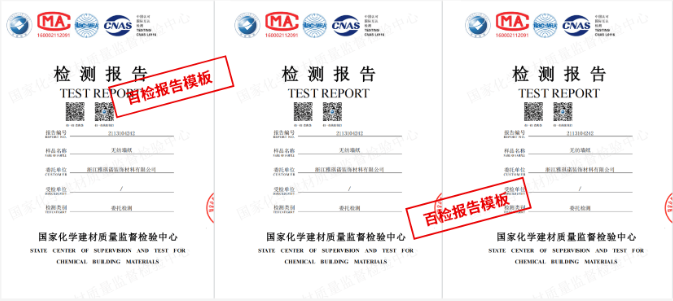
本文主要列举了关于橄榄油、油橄榄果渣油的相关检测仪器,检测仪器仅供参考,如果您想了解自己的样品需要哪些检测仪器,可以咨询我们。
1. Gas Chromatography: Gas Chromatography is a common technique used to analyze the composition of oils such as olive oil. It separates and quantifies the components present in the sample.
2. Mass Spectrometry: Mass Spectrometry is another powerful tool for analyzing the chemical composition of oils. It helps in identifying and quantifying the different compounds present.
3. Nuclear Magnetic Resonance (NMR) Spectroscopy: NMR spectroscopy can provide information about the molecular structure of oils, helping in identifying the presence of different types of oil in a sample.
4. Ultraviolet-Visible (UV-Vis) Spectroscopy: UV-Vis spectroscopy can be used to determine the purity and quality of oils by measuring their absorption and transmission of light at different wavelengths.
5. Infrared Spectroscopy: Infrared spectroscopy is often used to analyze functional groups and molecular structure of oils, providing valuable information about their composition.
6. High-Performance Liquid Chromatography (HPLC): HPLC is a technique that can separate, identify, and quantify the components in a sample of oil, allowing for detailed analysis of its composition.
7. Atomic Absorption Spectroscopy (AAS): AAS can be utilized to determine the concentration of certain elements in oils, providing information about their purity and potential contaminants.
8. Inductively Coupled Plasma Mass Spectrometry (ICP-MS): ICP-MS is a highly sensitive technique that can detect and quantify trace elements in oils, aiding in quality control and safety assessment.
9. Thin Layer Chromatography (TLC): TLC is a simple and cost-effective method for analyzing the composition of oils, helping to identify different components present in the sample.
10. Flame Photometry: Flame photometry can be used to determine the concentration of certain elements in oils based on their characteristic emission spectra when exposed to a flame.
11. Differential Scanning Calorimetry (DSC): DSC can provide information about the thermal properties of oils, helping in understanding their stability and composition.
12. Peroxide Value Test: The peroxide value test is a chemical analysis method used to determine the oxidative rancidity of oils, including olive oil, indicating their freshness and quality.
13. Free Fatty Acid Content Analysis: This analysis method measures the amount of free fatty acids present in oils, providing information about their quality and potential degradation.
14. Acid Value Determination: Acid value determination is a measure of the amount of free fatty acids or acidity in oils, which can be indicative of their freshness and potential for rancidity.
15. Refractometer: A refractometer can be used to determine the refractive index of oils, which can help in assessing their purity and authenticity.
16. Rancimat Test: The Rancimat test is a method for measuring the oxidative stability of oils by accelerating the oxidation process under controlled conditions, providing insights into their shelf life and quality.
检测流程步骤

温馨提示:以上内容仅供参考使用,更多检测需求请咨询客服。


